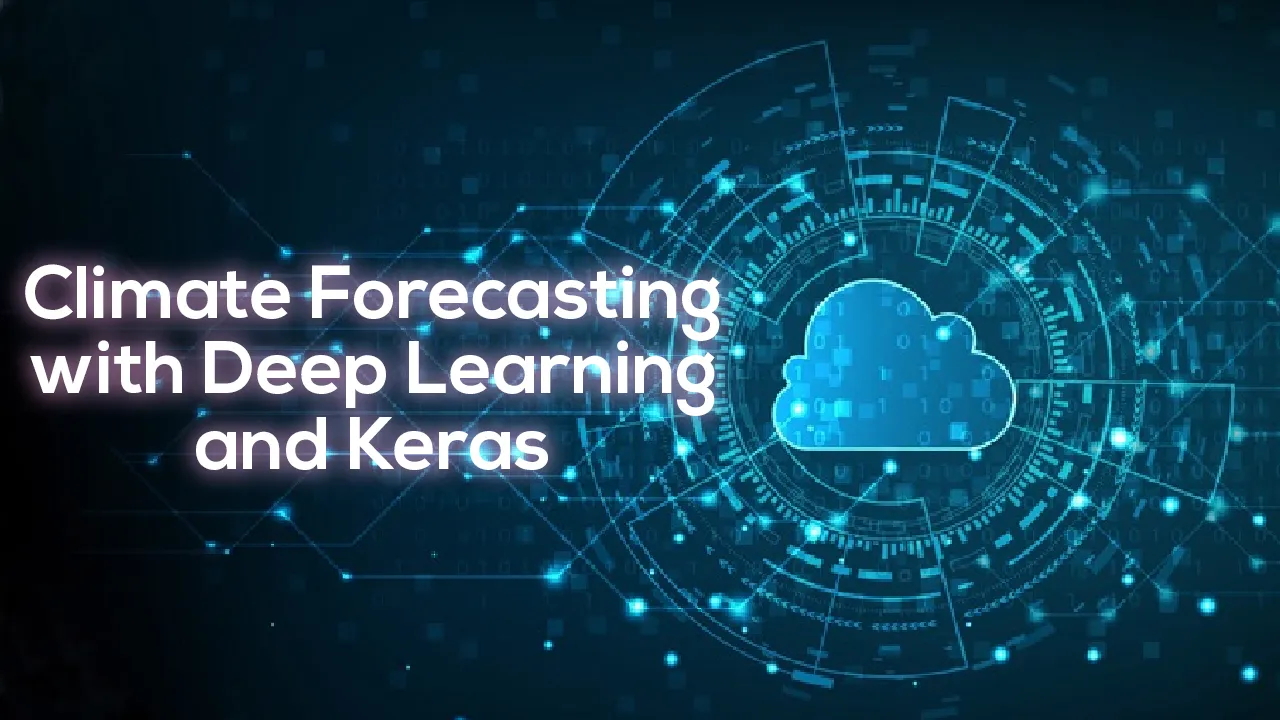In my previous article about climate change, I complained about the relative scarcity of AI research dedicated to such an important topic. In this post, I want to dig deeper into the lack of deep learning efforts for climate forecasting and contribute to the topic by showing a nice Keras project.
The truth is that most climatic models currently are built using either multiple regression or time series forecasting techniques such as ARIMA or ARMA. This is so mainly because neural networks have focused on unstructured perceptual data (like images, video, text, or speech) which is difficult to deal with using traditional approaches. However, the fact that deep learning is so successful in classification problems with images or text does not mean that it cannot help with regression or forecasting problems as well.
In fact, the power of deep learning can be unleashed for long time series forecasting as well, and little by little we are seeing new types of networks developed for more accurate numerical predictions.
Climate Data Time-Series
For this project, we are going to use the Jena Climate dataset recorded by the Max Planck Institute for Biogeochemistry. The dataset consists of 14 features such as temperature, pressure, humidity, etc, recorded once per 10 minutes.
Location: Weather Station, Max Planck Institute for Biogeochemistry in Jena, Germany
#python #artificial-intelligence #data-scie #machine-learning #deep-learning #keras
